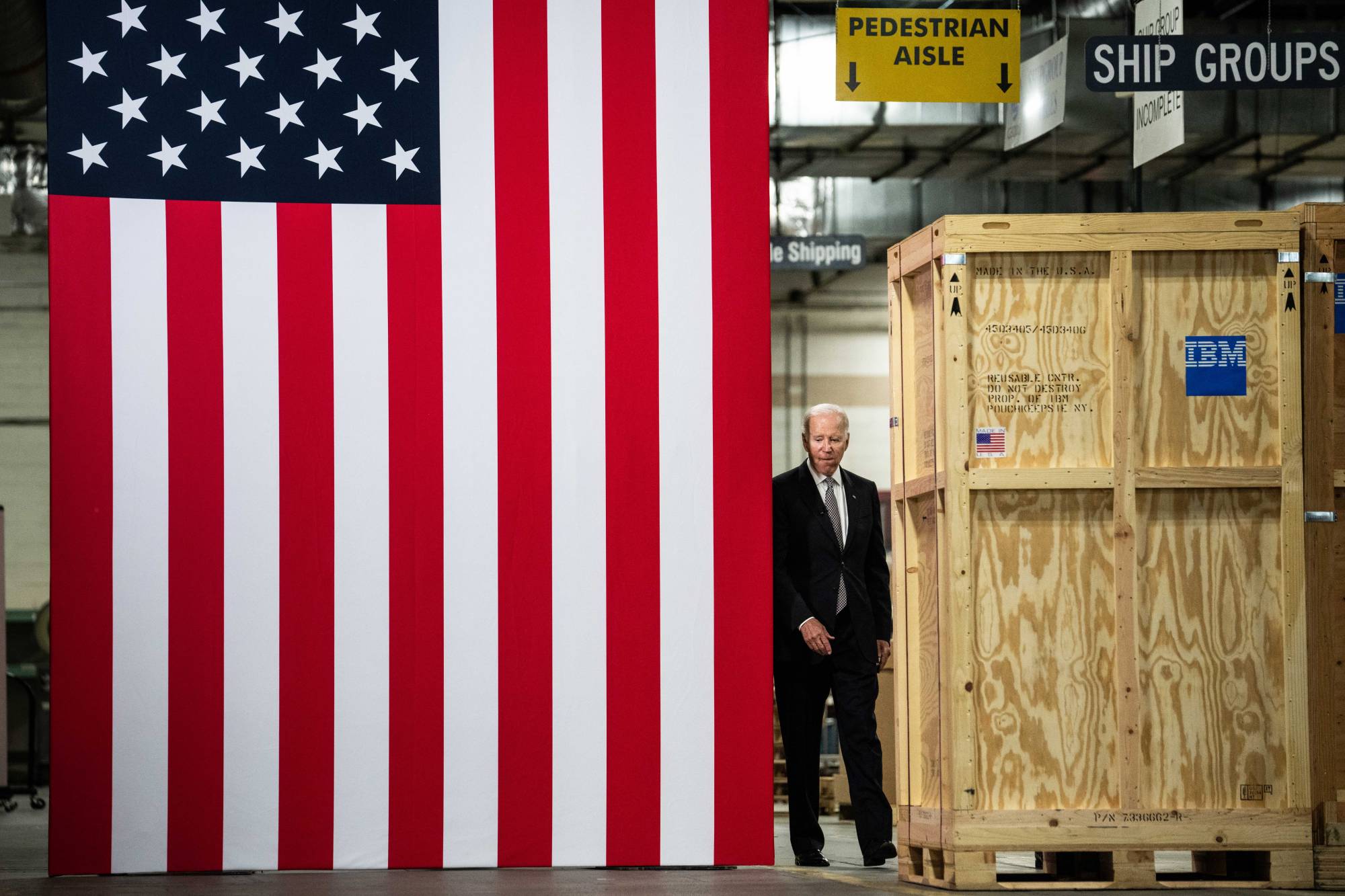By imposing sweeping restrictions on semiconductor exports to Beijing, Washington has brought the hammer down on Chinese leader Xi Jinping’s ambition to transform his country into a technological powerhouse.
The unprecedented controls, intended to prevent China from getting and producing leading-edge chips, may have far-reaching implications as Washington seeks to slow Beijing’s technological and military rise and weighs imposing even more onerous restrictions.
Referred to by some as one of the most consequential U.S. policy decisions since the end of the Cold War, the latest round of U.S. semiconductor export restrictions on China is by far the most punitive yet.


















With your current subscription plan you can comment on stories. However, before writing your first comment, please create a display name in the Profile section of your subscriber account page.